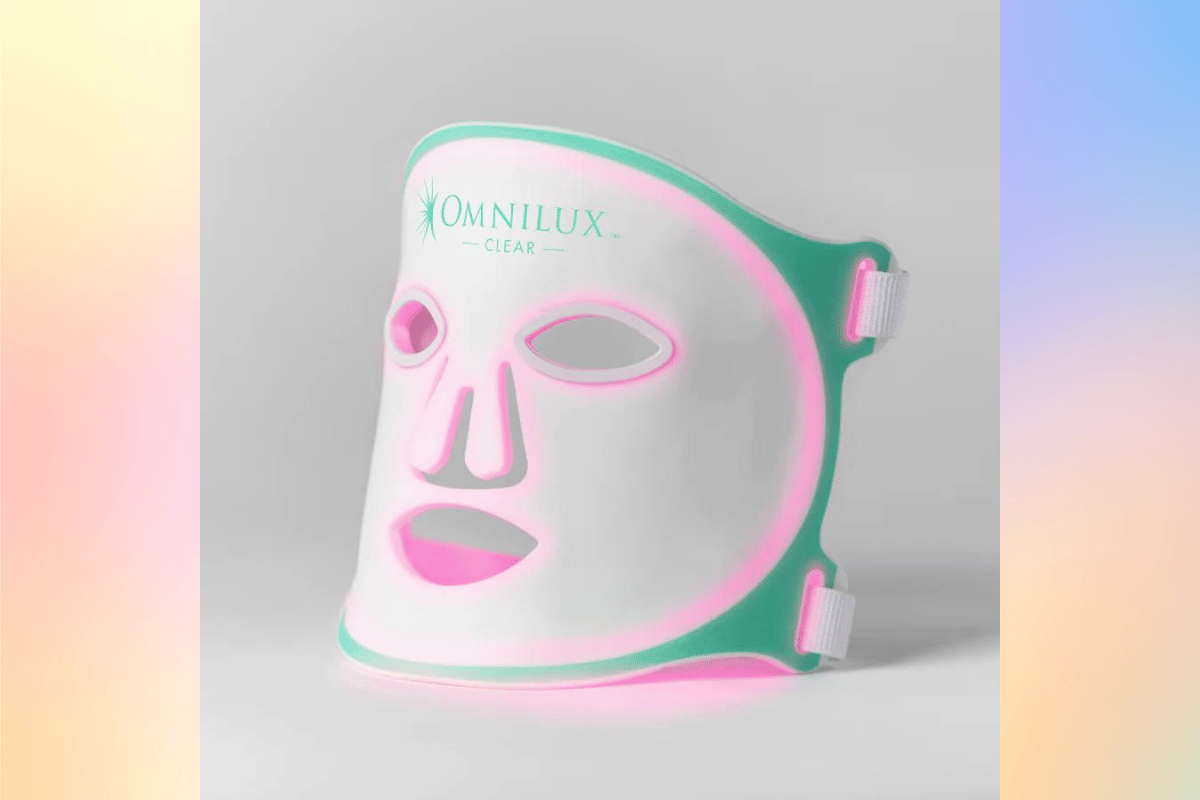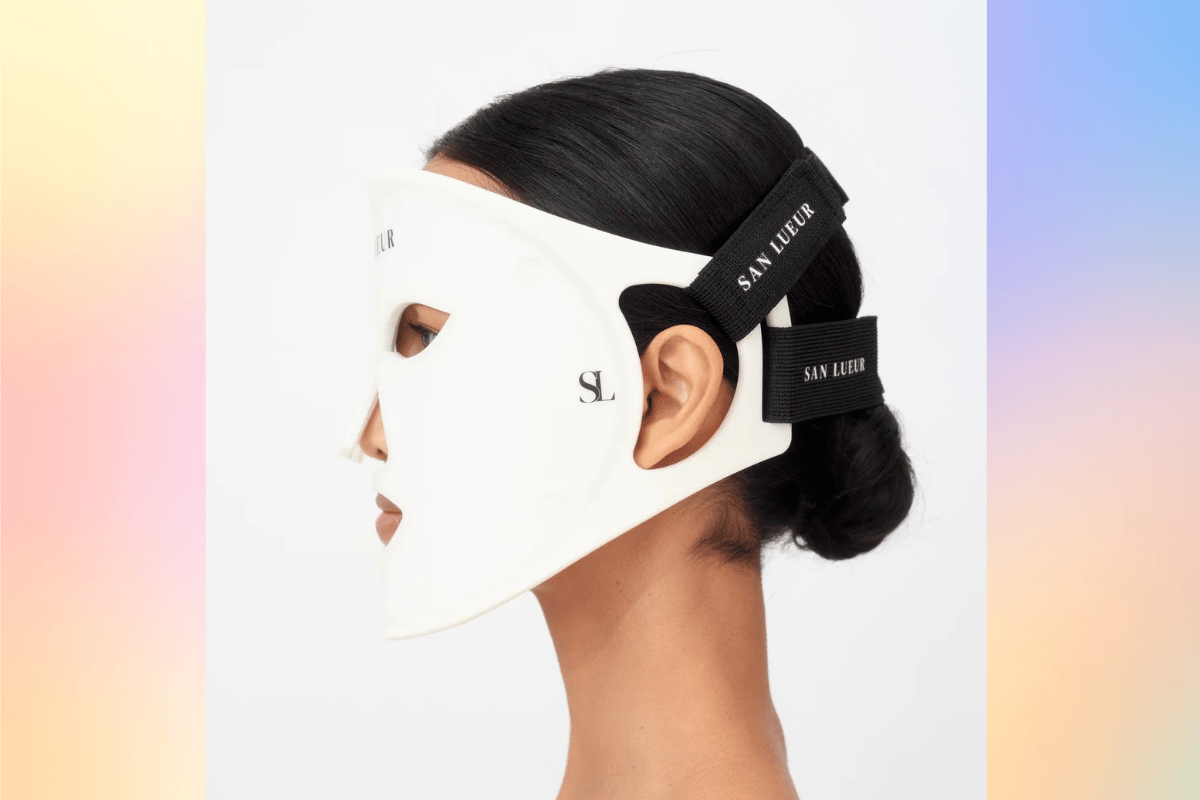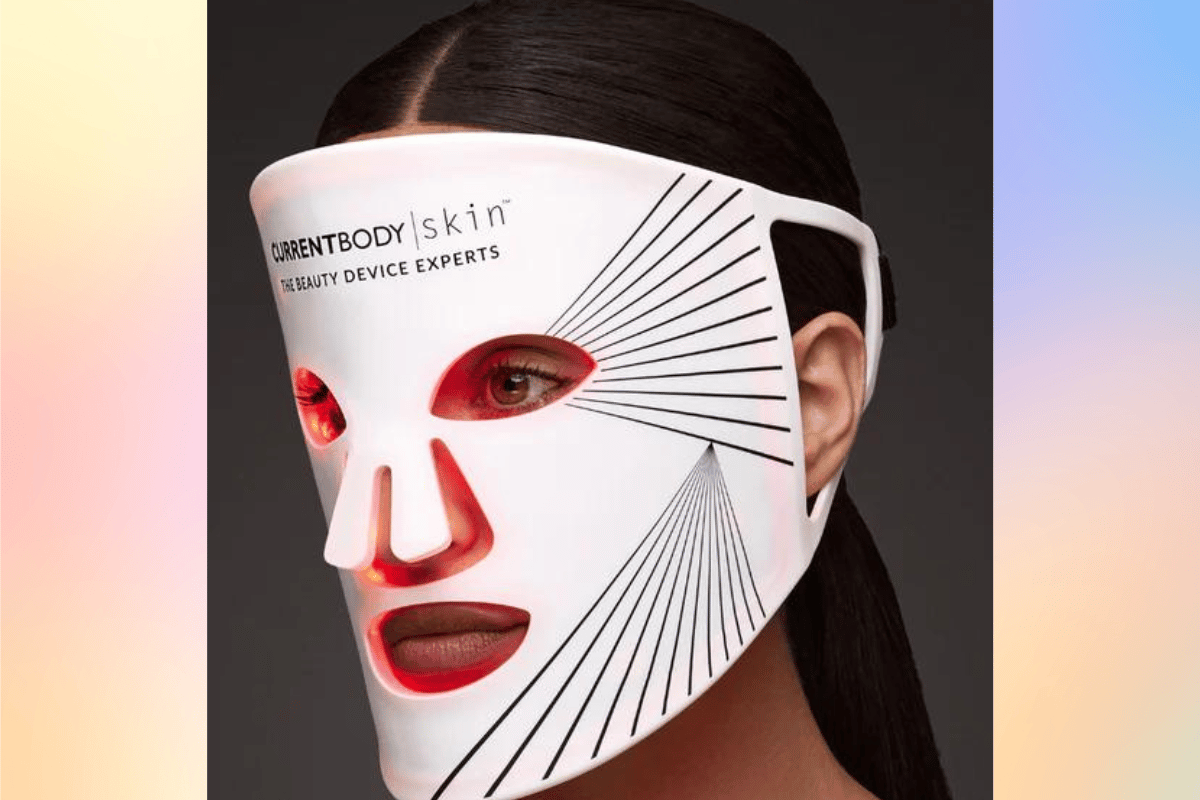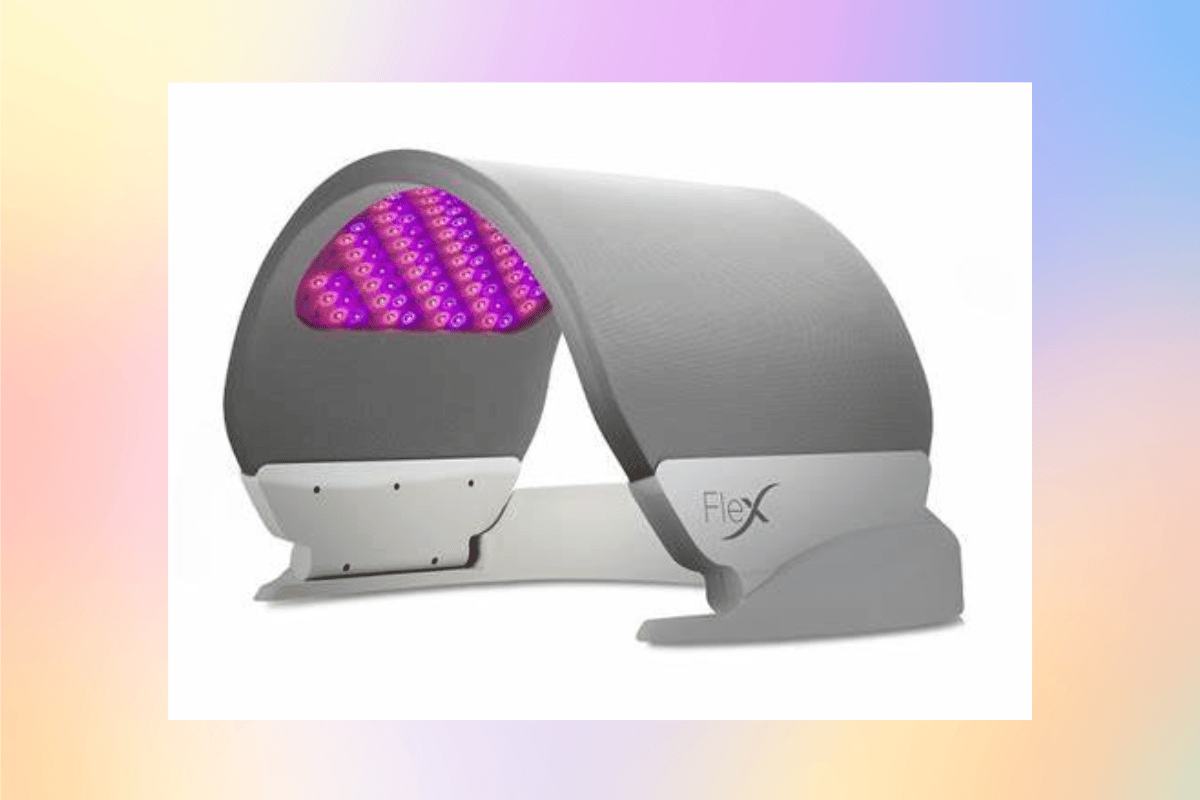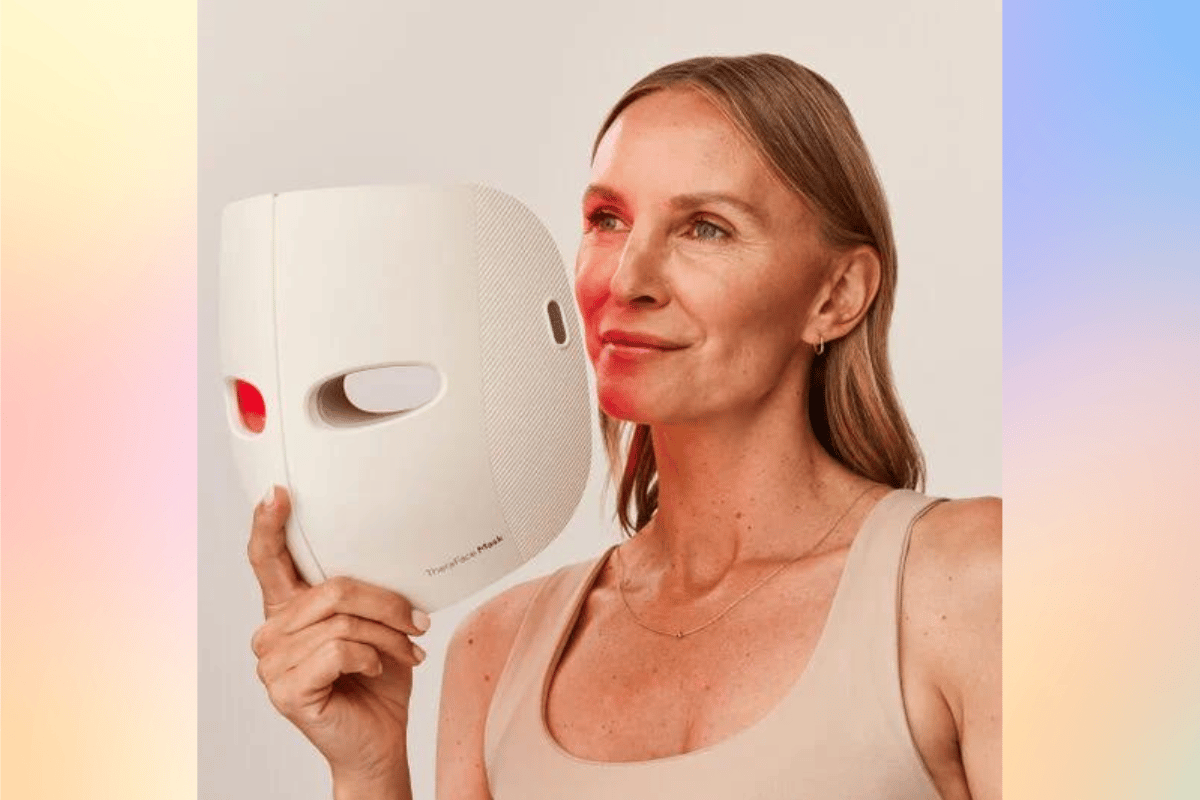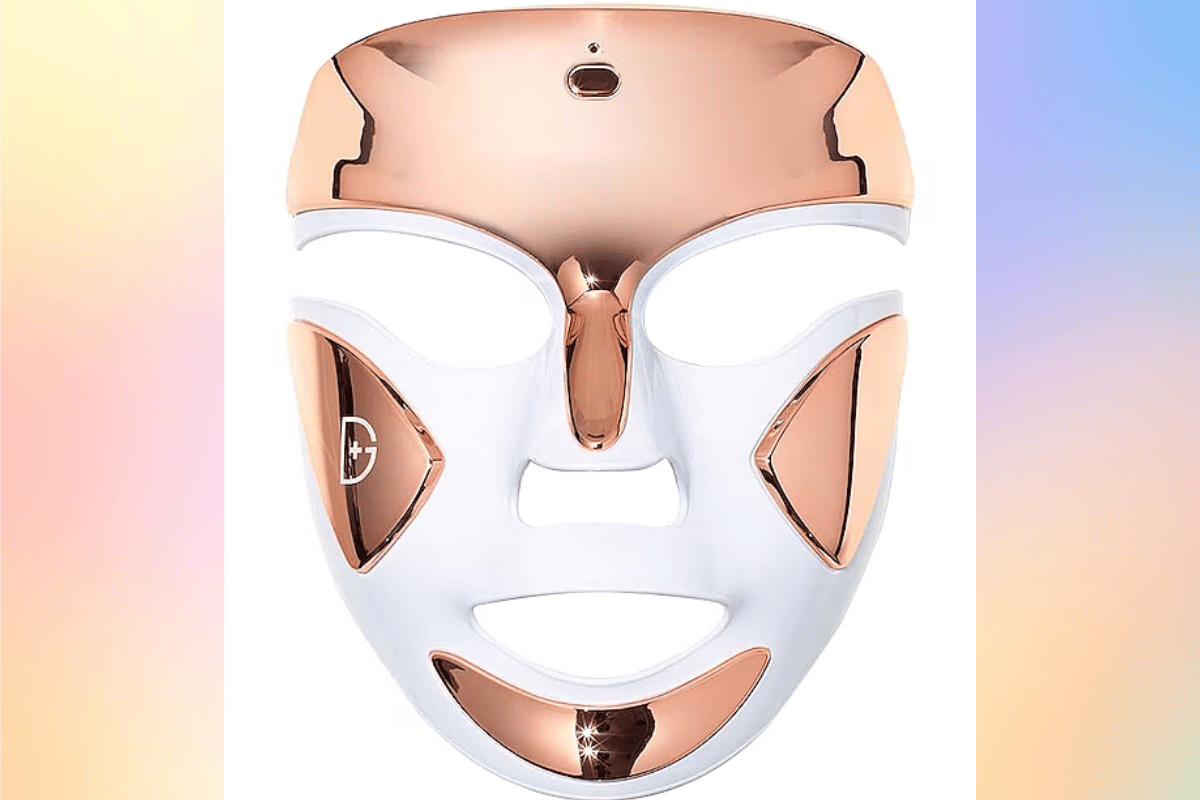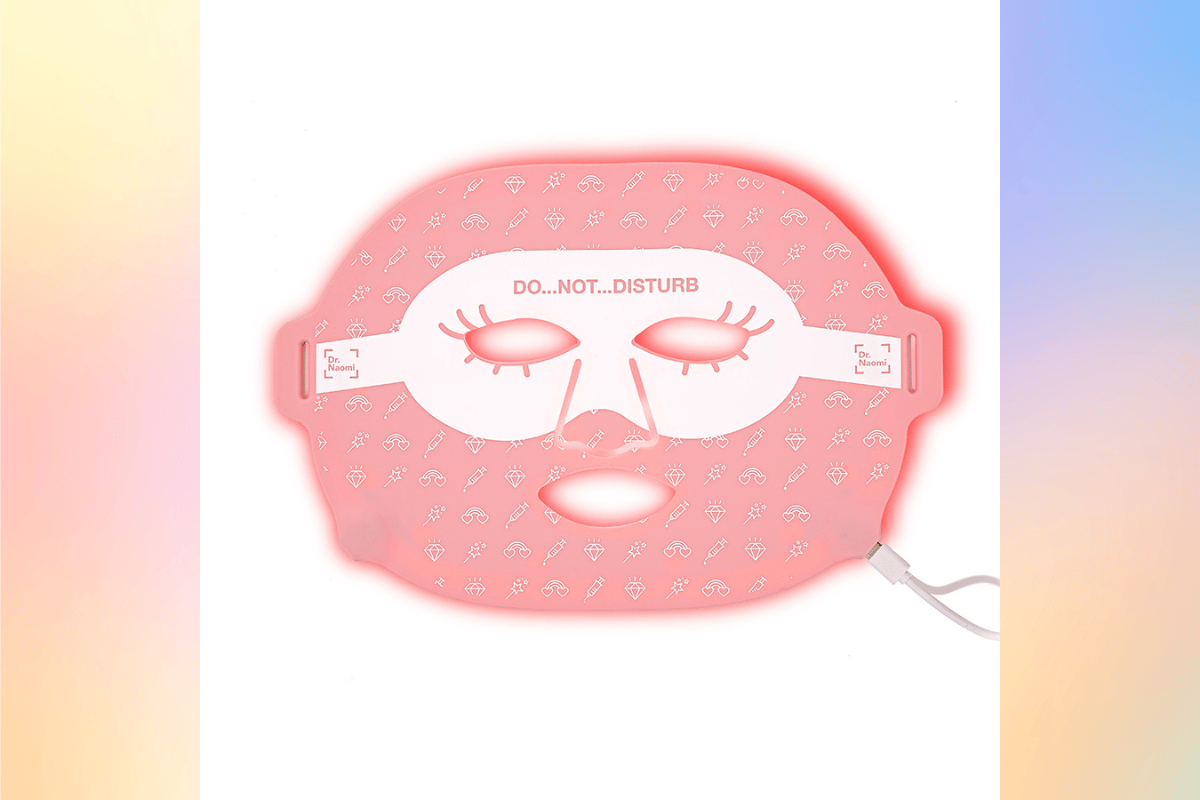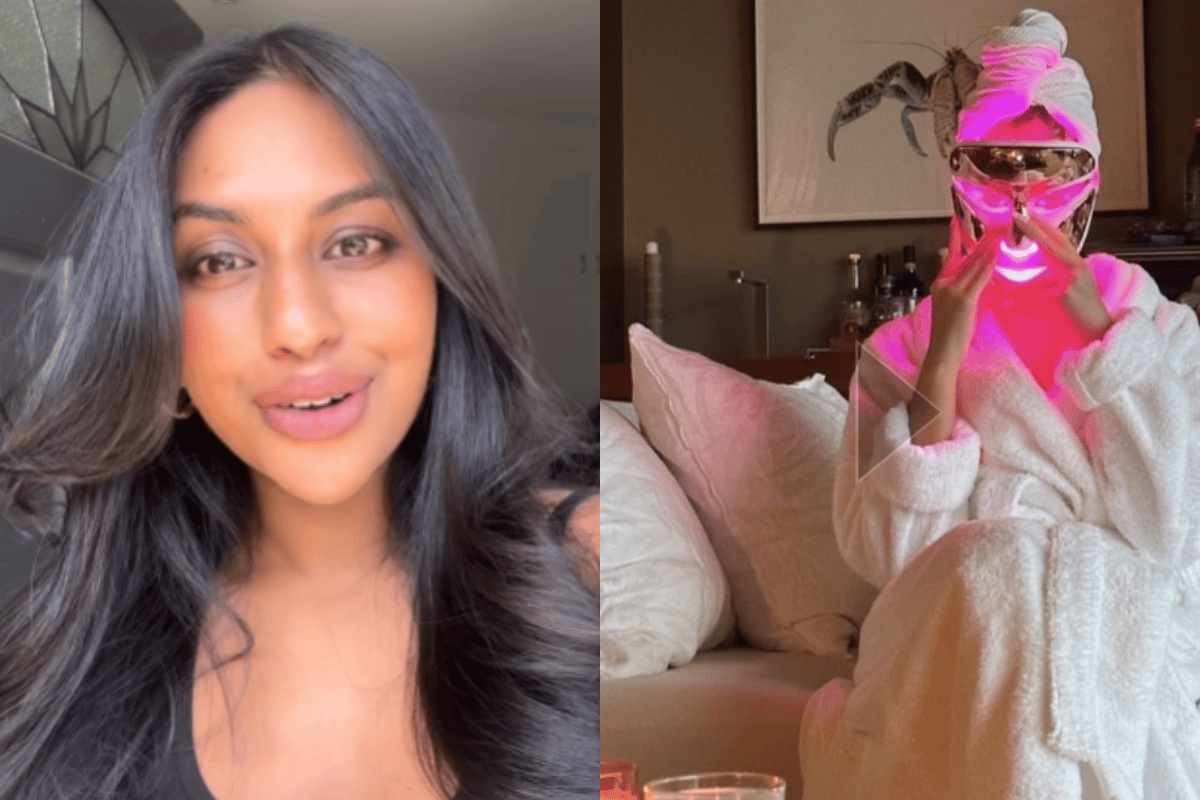
If I had a dollar every time someone asked me which LED mask to buy, I'd be a very rich beauty editor. So, I can only imagine how many DMs a skin expert would get on the daily, with people enquiring as to what at-home device is actually worth their cash.
Because while the market is positively bursting with options, they're usually quite pricey — and you're often left wondering if there's any difference between them and if any of the more affordable ones are legit.
Well, in an upcoming episode of The Formula, that's exactly what I asked general practitioner and cosmetic physician Dr Prasanthi Purusothaman (who goes by Dr Prasanthi).
And she's done her research. In fact, Dr Prasanthi's written a whole comparison guide on it (you can sign up to view the whole thing here).
Watch: Speaking of masks, you know what we feel like you need to see? YouTuber Jeely doing 100 layers of a bubble mask. Post continues below.
So, in the interest of helping you not waste your money on things that don't work, we've pulled together Dr Prasanthi's breakdown on some popular masks on the market, including what skin concerns each one targets and her review.
